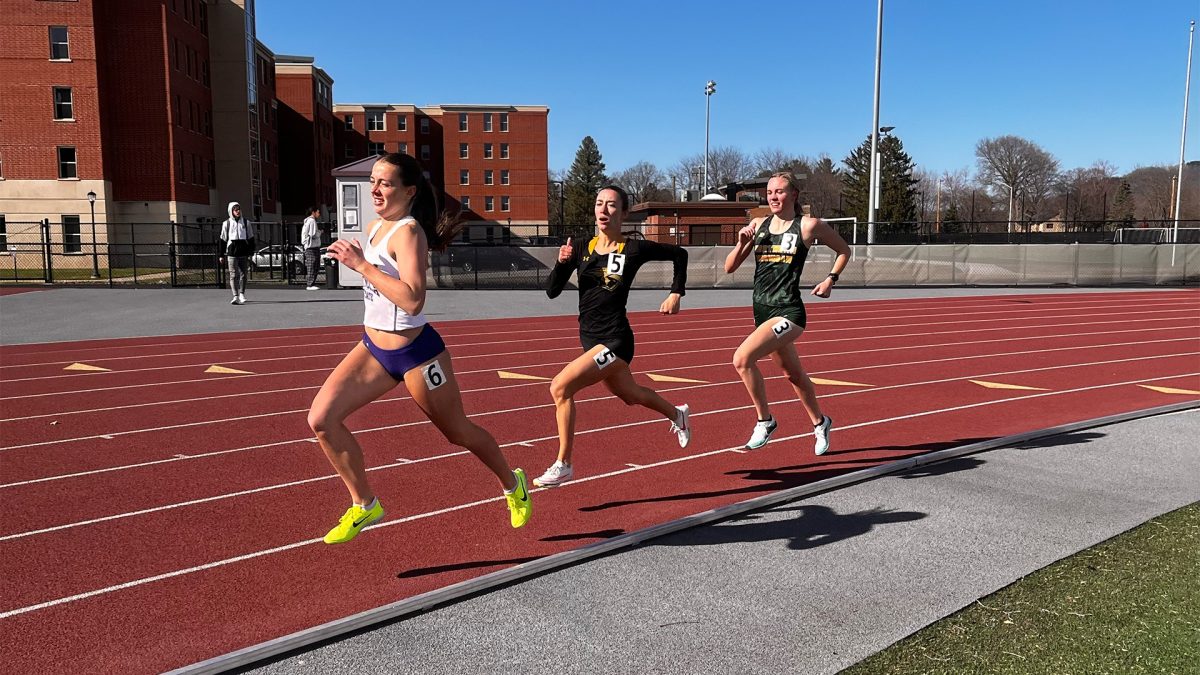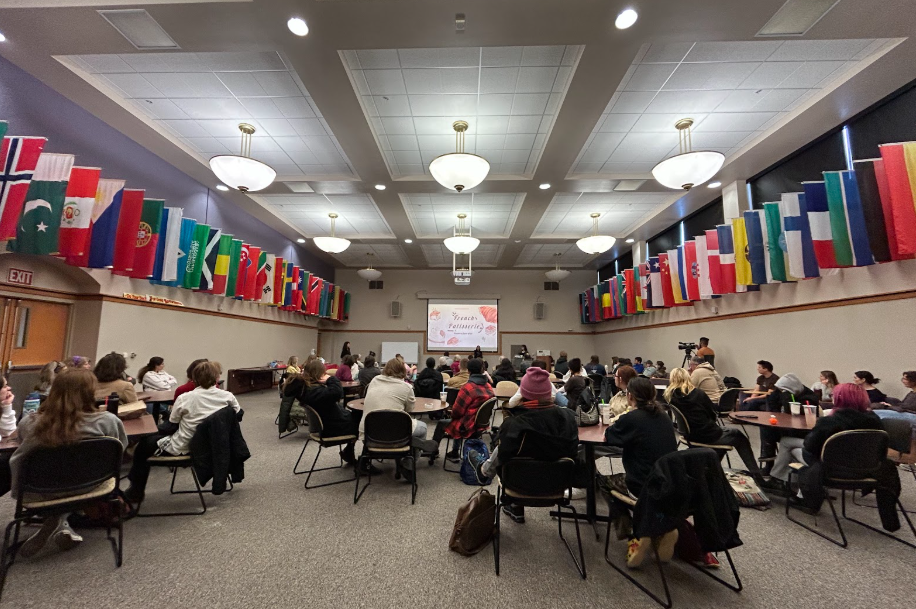Mass closure of gyms state-wide saw many struggling to maintain their healthy habits. Others fell into old habits and let go of their regimented dieting and exercise, and many never had a routine at all. There is a lot of effort that goes into maintaining a healthy lifestyle, mentally, physically and nutritionally.
Students have felt the strain of the inability to take care of themselves the way they would like. Scott Drum, sports science professor, offers his advice to students who wish to be more healthy.
“It’s finding that inspiration, finding that interest, that can be hard to do. I think from a personal standpoint I would counsel someone to sit down and make a list of modes of exercise they enjoy and then really hone in on the one they can start without any inhibitions or lack of motivation,” Drum said.
Exercise is also excellent for building the immune system, which can strengthen resistance to pathogens.
“The biggest thing to recognize is students should stay active if they’ve been active, and get active if they haven’t been because exercise does stoke the immune system and outdoor exercise is one of the best ways to stay fit,” Drum said. “Moderate exercise helps boost the immune response to any type of pathogen and virus. That is from your innate immunity [and consists of] natural killer cells, k cells and other immune cells which can be mobilized as a natural response and is enhanced or augmented with moderate exercise,” Drum said. “More extreme hard and high intense exercise especially in unfit individuals can lower that response so low to moderate exercise, enjoy yourself, be able to talk with others comfortably.”
Drum recommends students to gather a group of less than ten people and do light exercise such as walking, running, mountain biking or other outdoor activity at least three times a week. If you plan on going to the gym, Drum suggests only staying for thirty minutes and to go at non-peak hours.
Students in the sports science program are often passionate about exercise. Senior sports science major Nolan Drumm developed a love for exercise after realizing his physical condition in his teens.
“I had a terrible diet, I was not healthy at all and I sporadically passed out and my heart rate got up because I was so unhealthy. I loved reading fantasy books and every single time the hero was portrayed as this great hero that could run 80 miles and save somebody and beat somebody up and I was definitely not that and I wanted to get healthy so I started bike riding,” Drumm said.
He later got into weight-lifting through his step-father. Drumm now works out daily, often for multiple hours at a time, multiple times a day. He does not suggest this for beginners however.
“People say they want to work out six days a week for three hours each day and they last two weeks and call it quits because they’re so beat up. Three times a week for 45 minutes is all you need to start off with,” Drumm said.
For those starting out and setting a goal for themselves, Drumm urges them to set realistic expectations.
“I think the first mistake a lot of people make is setting the goal I want to be healthier. You have to set the goal. I want to run a 5k, I want to run one mile. I want to lift my body weight. It’s such a vague question that it does more harm than good. Where does that goal really end? You could be healthier until your mr.olympia. It’s a never ending goal. Find a specific goal and start small. Aim really, really small,” Drumm said.
Exercise is the key to longevity, according to Drumm. For him, maintaining his physical health is paramount in keeping up with his mental health. Another major factor in being healthy is paying attention to what you eat. While many stress about specific diets, it is better to simply consume in moderation, according to Drum.
Associate professor of nutrition Lanae Joubert P.h.D., shares what she believes students can do to be healthier.
“I like to encourage making small changes that seem unnoticeable. For example, make one simple decision daily to strive for higher quality over lower quality options,” Joubert said in an email. “Another strategy is to examine the color variety on your plate or in your bowl during meal time. Try to incorporate all colors (red, orange, yellow, green, purple/blue, white) from mostly foods you would find in the produce section of a grocery store and strive for half of your plate/bowl at each meal to be filled with vegetables and/or fruit.”
Joubert suggests students start analyzing one meal a day and slowly work up to all three.
Many students are still young, and may question why watching their diet is significant now. Joubert understands that underclassmen may not have the flexibility due to dining services, but making better choices still matters.
“Lifetime choices = lifetime quality. Of course we need to enjoy our food and who doesn’t love a few pumpkin-shaped Reese’s peanut butter cups? It’s the accumulation of dietary choices we make over the long-run that can lead to a high quality life or what I refer to as ‘the optimal functioning of our cells’,” Joubert said in an email.
For more information on nutrition, Joubert suggests https://www.cspinet.org/eating-healthy, and https://lpi.oregonstate.edu/mic. Drum also suggests Outsideonline.com to get motivated.



























